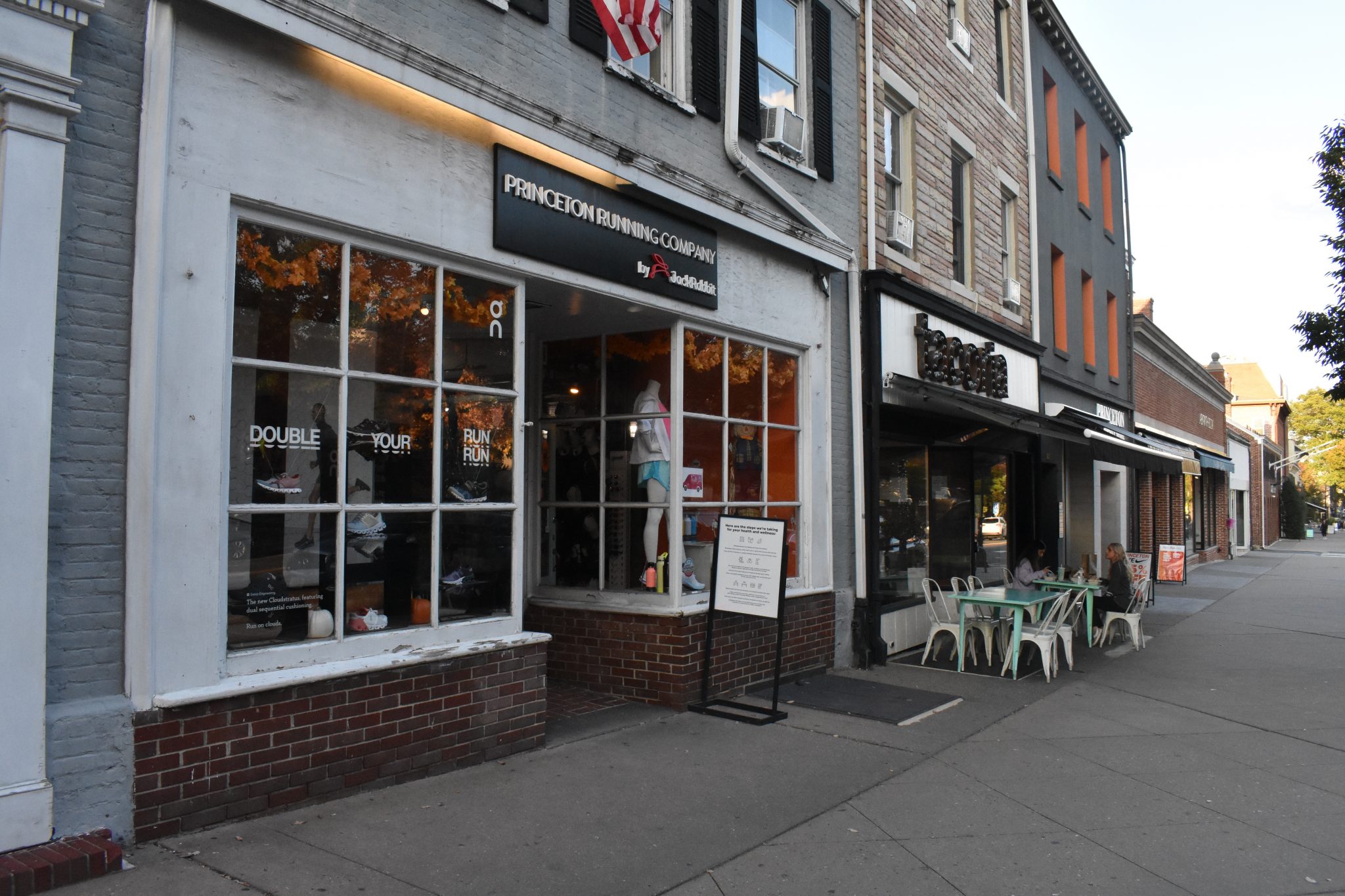The second phase in the study process of a special improvement district (SID) is moving forward in Princeton.
The study and plan focuses on revitalizing the business community within the municipality.
Members of the Princeton Council have retained the services of consultant Stuart Koperweis of Economic Development Strategists, LLC at $17,500 for the second phase after approving the measure through a resolution on May 10.
The Princeton Council had previous approved the initial funding of $17,500 for Phase 1 on Sept. 30.
“The role of the Phase 1 project, we were looking to basically create a mission, objectives and goals, outline the services and establish different recommendations based on the actual stakeholder meetings,” Koperweis said in a presentation to the council on May 10. “Phase 1 has been completed and Phase 2 will be presenting the plan to the stakeholders for there review and input.”
Councilwoman Michelle Pirone Lambros said after the stakeholder meeting phase, which would be Phase 2, then the recommendations would be brought back to the council and council members would decide to move forward or not with the SID.
A Princeton Steering Committee, which consists of property owners, civic and business leaders, had been formed to begin this study process with Koperweis on study plan options. Several options include the creation of a not-for-profit Economic Development Corporation (EDC), hiring an officer for economic development, or establishing a SID.
“One of the primary functions of the Steering Committee was to determine which of the three options was feasible in providing the services we were thinking of doing,” Koperweis said. “They reviewed the three options and basically came to the conclusion that a SID will enable them to avail funds more quickly and would allow them to start delivering services immediately.”
A SID pools resources from commercial businesses to increase the economic value of a commercial corridor.
The two other options of the EDC or officer for economic development were viewed as not being economically feasible.
Surveys had been presented to members of the Steering Committee that were completed individually and also distributed to other business and property owners, which was then compiled into a work plan (a governing document that determines the deliverables of services) that contained a mission statement, objectives and goals from the surveys collected.
The surveys had covered overall economic health of the area, areas of importance and an image analysis rating system, according to a presentation to the council.
“The Steering Committee, we have been meeting weekly for the past five months,” Koperweis said. “We were able to put together a work plan, mission statement, we do not know what the entity will be called yet, but the entity is going to be there to offer exceptional experience for visitors and residents and advocate for a robust and diverse business community.”
The Steering Committee had also put together a budget without costs.
When asked by Councilman David Cohen about which phase the budgeting will take place, Koperweis explained that it would occur in Phase 3 (final phase). Phase 2 would be creating an ordinance on the creation of a SID and putting together the recommendations from the Steering Committee, which would include a detail analysis on the mapping, goals, proposed assessment, rolls, funding and the actual budget recommendation.
The ordinance would include the recommendation of a budget, but the budget would not be approved until after the district management corporation (DMC) is created by the ordinance and a Board of Trustees is elected.
“The trustees would agree upon the bylaws they would be adopting,” Koperweis said. “Then they would put together a budget that would be introduced to the Princeton Council, eventually for approval based on a budget hearing and then after that is when the assessments would go out to stakeholders.”
During the study process using the work plan, the services were combined and broken down into categories that will eventually be used to create a budget. The four categories are economic development, visual and capital improvements, business retention and attraction, and administration.
Under economic development items listed included vacancy list, real estate – tenant attraction, and working with the municipality to provide business friendly zoning ordinances and planning; the category of visual and capital improvements included streetscape beautification and paving conditions; business retention and attraction included website and social media development; and under administration includes budget review, finances and grants.
“We are at the point right now where we want to bring this to the stakeholders for their input. Consequently, where we are in the next step is to reach out to the community at large via a series of stakeholder presentations,” Koperweis said. “This would allow for further input from individuals who were not involved in the Steering Committee process and help contribute to the framework of the work product produced by the Steering Committee thus far.”
At the end of Phase 2 there will be a final report that would make the recommendations to the creation of a SID or entity.
“Right now it is leaning towards an improvement district and would work with an ordinance. We would work with counsel and the governing body to make sure about what the ordinance would look like,” Koperweis said. “If that was approved Phase 3 would be acted upon, which would be to actually put together the actual organizational structure to the bylaws, implementation and designation as a DMC and creating a not-for-profit corporation.”

